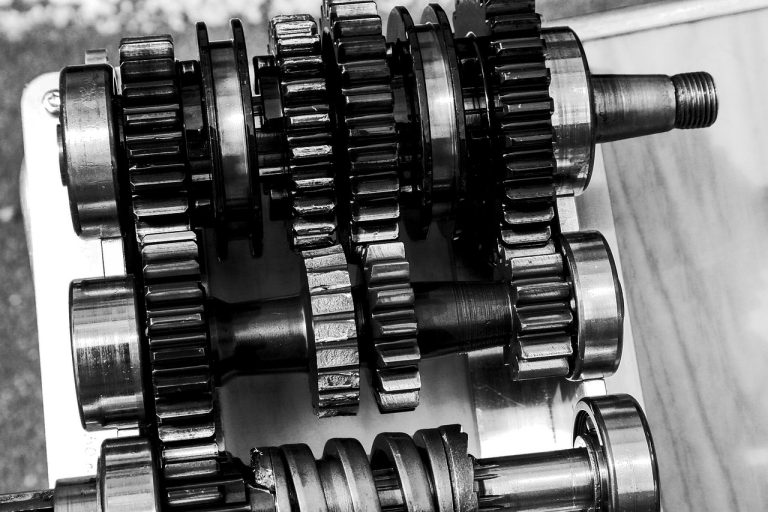I had a 2002 Subaru Impreza WRX in the shop the other day that had me going for a bit. It’s been a long time since I have run into a cylinder misfire problem that I couldn’t just go directly to the source of the problem by some quick preliminary tests. Here are the four quick tests I will use to diagnose a cylinder misfire.
- Check the spark, and verify good secondary voltage kV with a spark gap jump test. Some spark testers have this built into them.
- Test fuel injector drive, noid lite tester
- Test fuel pressure, at this point, just verify injectors are getting fuel unless the fuel pressure test port is easily obtainable
- Verify cylinder compression, accurate reading requires removal of all sparkplugs
Now here is where I was at, all of the above tests returned true. What know? First off it would depend on the type of misfire. Is it a complete dead hole or does it clean up with engine RPM? Misfire more noticeable under load? (secondary ignition) These are the first things you want to figure out, now you’re going to have to dig in deeper. Perform a fuel pressure test if you haven’t already. While the fuel pressure gauge is connected perform a fuel injector balance test. This is where you use an injector balance tester. This tool drives the injector for a set amount of cycles and pulse width and you compare the fuel pressure drop between fuel injectors.
Now, this is where you start to get stumped, all tests are good so far. This Subaru WRX had brought me to this conclusion; I knew it had to be a mechanical problem. I was thinking maybe coolant getting into the cylinder. I had checked the spark plugs and didn’t notice any signs of them burning coolant so I was thinking valve train. It had to be a jumped timing belt, which I have seen many times, and sometimes depending on where the belt has jumped your compression tests will be okay. So I pulled a timing cover to verify. The timing was spot on, okay something with the valves, right? Yes but not what I expected. I was already skeptical but went ahead and removed the cylinder head and the valves were fine. I was starting to panic. I pulled out the valves anyways, and low and behold look at what I found:
The exhaust valve spring was broken and turned into itself so it kept the valve from dropping. The valve was actually still closing and sealing but while running the engine it would misfire because the valve couldn’t close fast enough. After all this hair pulling I thought to myself, I wonder how I could have accurately diagnosed this problem before removing the cylinder head. It goes back to the basics I learned in school years ago, checking engine vacuum. If I had hooked up a vacuum gauge to the engine I would have seen a fluttering needle on the gauge. This is what a broken valve spring would do to the vacuum gauge. You get so caught up in what you know on today’s vehicles that sometimes it helps to just go back to the basics. Another problem you want to check for is any signs of the valve guides moving, especially the exhaust guides. Broken valve springs are very uncommon but the Subaru cylinder heads are known for the exhaust guides moving causing an intermittent cylinder misfire.
Sometimes they will stick and the misfire won’t go away. Usually, the guide will move during a warm-up cycle, causing a temporary misfire, and then re-seat and stay as the engine warms up. When this problem occurs it can be as intermittent as every other month your check engine lite will come on with a cylinder misfire code(s) set to the pertaining cylinder(s). I have written previous articles pertaining only to the valve guide subject since this is a known problem with Subaru cylinder heads. The fix is simple; usually, the guide doesn’t need to be replaced. You can just knock it back in place with a good knurl to keep it in place, it will never move again if done correctly.


